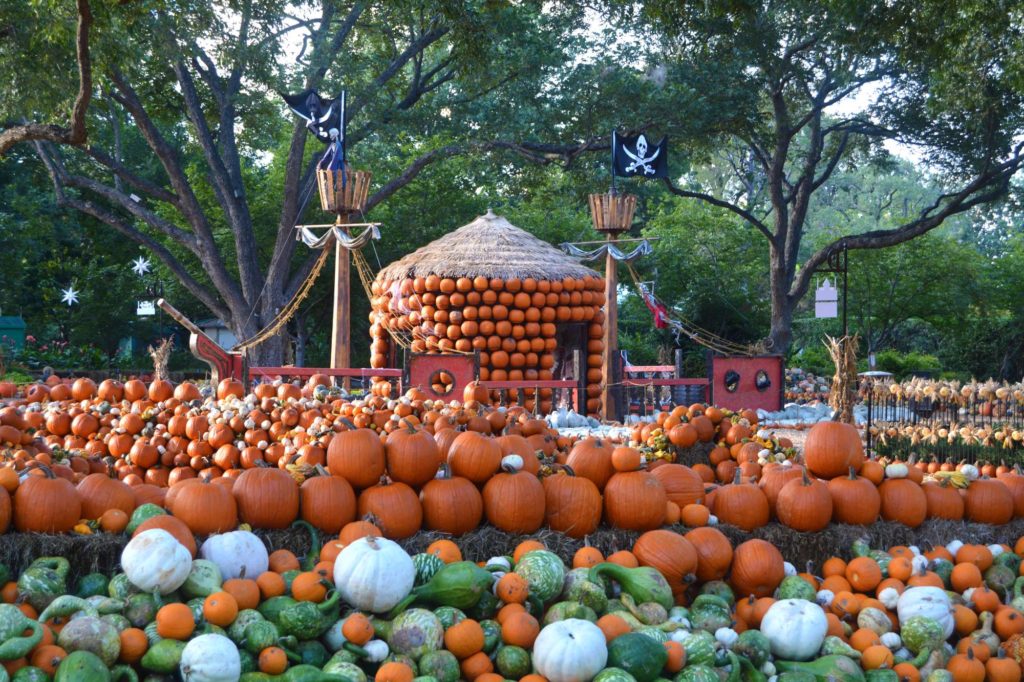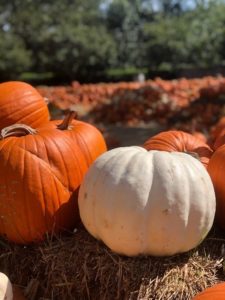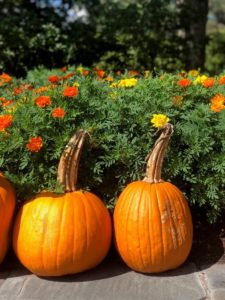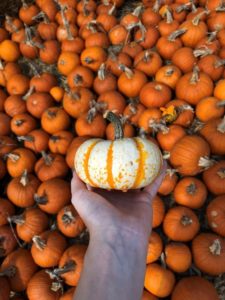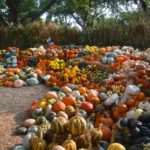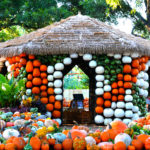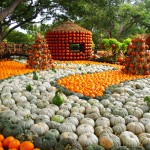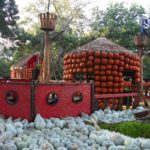The Jack O’ Lantern – An Average Gourd Carved by Legend
Lining neighborhood streets, tabletops, and gardens, the Jack O’ Lantern has been a staple Halloween tradition in the United States since the 1920’s. However, the pumpkin itself has been native to North America for thousands of years! We have 90,000 pumpkins, squash and gourds decorating the Arboretum this fall, many of them PERFECT for you to purchase to carve your own spooky decoration.
So how did this seemingly average gourd become a multimillion-dollar industry every October? To answer that question, we have to travel back a few centuries to Ireland to meet a man by the name of “Stingy Jack.”
History of the Jack O’ Lantern
As Irish folklore has it, a greedy man by the name of Jack managed to trap an evil spirit inside a silver coin. In return for his release, the spirit had to promise not to bother Jack, and to not keep his soul once Jack died. Soon after, Jack did indeed pass, and the evil spirit could not help Jack’s soul, so he became a wandering ghost himself. Jack began to carve out a turnip with a single coal inside to light his way through the world. The ghostly figure that began to roam the Earth was appropriately named “Jack of the Lantern,” and later shortened to “Jack O’ Lantern.”
To keep tradition alive, the people of Ireland and Scotland began to carve their own scary faces in turnips, or potatoes, with hopes that the frightening lanterns would ward off Stingy Jack’s spirit along with any other evil on the night known as All Hallows Eve.
A wave of Irish immigration to the United States began in the 1800’s, and with it came their spooky tradition. Here they discovered the much larger, native plant, the pumpkin, was actually made of a hardier and easier to carve material. Early in the 1960’s, as the popularity of Jack O’ Lanterns grew, a farmer named John Howden developed the Howden Pumpkin—which quickly became the standard in supermarkets and pumpkin patches across the country.
Pumpkins, Squash and Gourds at the Dallas Arboretum
The Dallas Arboretum currently displays over 52 varieties of pumpkins, gourds and squashes. Here are some of our favorites for those who’d like to get a little more creative than the average Jack.
The Crystal Star Pumpkin
The bright white of this hybrid rind is sure to stand out amongst the sea of orange this Fall. It’s perfect for painting any color, but some grow ridges that start getting too deep for clean cuts.
The Wolf Pumpkin
Known for its long, “chimney stack” stem, the Wolf pumpkin has a durable, but thin, outer skin that is ideal for more advanced designs with a whimsical top.
Pump-Ke-Mon Pumpkin
Though not optimal for carving, this little guy is perfect for painting, making it ideal for the kiddos who can’t carve just yet. This multicolored pop of color is more visually interested than a “mini-orange,” giving kids a bit more excitement to work with as they create their own designs.


